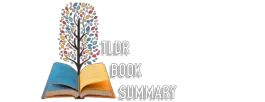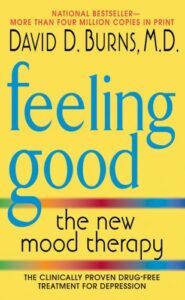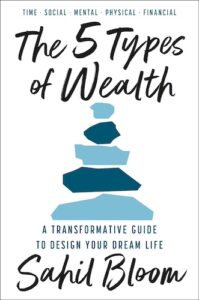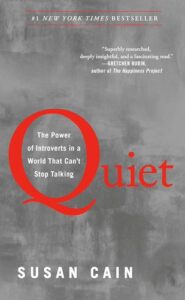Eats, Shoots & Leaves
Book Author: Lynne Truss
Summary reviewed by:
Terrence Timmons
Terrence Timmons
Analyst
Bachelor of Arts (BA), University Of California, Santa Barbara 2019
With over 4 years of experience as an analyst. Terrence Timmons is committed to analyzing summaries without compromising on quality.
Eats, Shoots & Leaves: Summary
Warning: If you’re still under the delusion that punctuation is trivial, this book will set you straight—and leave you laughing. Eats, Shoots & Leaves by Lynne Truss is a witty, scathing, and highly entertaining crusade against the crimes of punctuation abuse and neglect. Truss, with her sharp wit and no-nonsense attitude, tackles the finer points of grammar, making the case that punctuation is not just a set of arbitrary rules but an essential tool for clear communication.
The book's title comes from a joke about a panda who "eats, shoots and leaves," illustrating how a single comma can completely alter the meaning of a sentence. This sets the stage for Truss to explore the havoc that misplaced commas, apostrophes, and other punctuation marks can wreak. With examples that range from amusing to downright horrifying, Truss demonstrates the importance of proper punctuation in maintaining the integrity of written language.
Truss also delves into the history of punctuation, tracing its development and the various roles it has played over the centuries. She highlights how the misuse of punctuation has evolved alongside the rise of technology and social media, where brevity often leads to laziness in grammar. However, this book isn’t just a rant; it’s a call to arms for anyone who cares about language and communication.
The main thesis of Eats, Shoots & Leaves is that punctuation matters—a lot more than most people realize. Truss argues that without it, language loses its precision, and the reader's understanding suffers. Through humor, sarcasm, and a genuine love for the English language, she makes the case that it’s time to bring back the rules and restore order to the chaos of modern writing.
Eats, Shoots & Leaves: Genres
Non-fiction
Language
Writing
Grammar
Punctuation
Eats, Shoots & Leaves: Themes
The Importance of Punctuation: Lynne Truss emphasizes that punctuation is crucial for clear communication. A misplaced comma or apostrophe can change the meaning of a sentence entirely, leading to misunderstandings. Truss uses the famous panda joke to illustrate how punctuation can alter the entire context of a statement.
The Evolution of Language: Truss explores how punctuation and grammar have evolved over time, noting that while language changes, the fundamental rules that ensure clarity should be preserved. She delves into the history of punctuation marks and their roles throughout centuries.
Linguistic Responsibility: The book underscores the idea that writers have a responsibility to their readers to use punctuation correctly. Truss argues that neglecting these rules leads to a degradation of language, where the original meaning and intent can be lost or misunderstood.
Humor in Grammar: Truss uses humor as a vehicle to make grammar and punctuation engaging. She shows that even a dry topic like grammar can be entertaining when approached with wit and a light-hearted tone, making the subject matter more accessible and enjoyable.
Eats, Shoots & Leaves: What You Need to Know
(Contains Spoilers: Perfect for readers seeking a quick review.)
Eats, Shoots & Leaves is a passionate and humorous defense of proper punctuation. Lynne Truss begins with a bold assertion: punctuation is vital, and its misuse is a serious offense against the English language. She draws readers in with the amusing yet illustrative panda joke—highlighting how a single comma can completely alter the meaning of a sentence, turning a peaceful creature into a gun-toting troublemaker. This sets the stage for Truss’s exploration of various punctuation marks, each receiving its own detailed examination.
Truss takes readers on a journey through the history of punctuation, from its origins to its current state in the digital age. She explains the purpose and proper use of the comma, apostrophe, semicolon, and other marks, often with humorous anecdotes that demonstrate the potential for misunderstanding when these rules are ignored. One of her favorite targets is the misuse of the apostrophe, particularly in signs and advertisements, where errors are rampant. Truss is particularly scathing about the confusion between "its" and "it's," considering it a basic mistake that should never occur.
Throughout the book, Truss maintains a light, humorous tone, but her underlying message is serious: punctuation is not an afterthought but an integral part of written communication. She challenges readers to pay closer attention to their use of punctuation and to uphold the standards that ensure clarity and precision in language.
In addition to addressing common mistakes, Truss also critiques the rise of the "lazy" punctuation style that has emerged with the advent of texting and social media. She argues that while these platforms encourage brevity, they also promote a carelessness that threatens to undermine the rules of grammar and punctuation. However, she acknowledges that language evolves and that some changes are inevitable. What she advocates for is a balance—recognizing the importance of traditional punctuation while adapting to new forms of communication.
Truss concludes the book with a rallying cry for the preservation of punctuation, encouraging readers to join her in the fight against its decline. She believes that by understanding and respecting the rules of punctuation, we can improve the quality of our writing and ensure that our words are understood as we intend. This book is not just a grammar guide; it's a manifesto for anyone who cares about the power of language.
Eats, Shoots & Leaves: Methodology
Our summary was meticulously created with a focus on quality and integrity, ensuring that every detail is accurate and faithful to the original work. By conducting a thorough analysis, we distilled the essential elements of Eats, Shoots & Leaves, highlighting key themes such as the importance of punctuation and linguistic responsibility. This approach guarantees that our summaries not only capture the core message of the book but also resonate with what truly matters to you, our reader. With a commitment to expert analysis, we provide content that is both engaging and informative, making each summary a valuable resource.
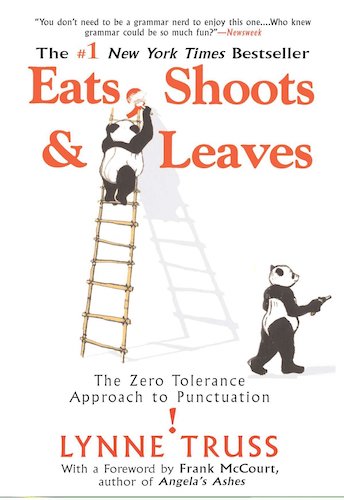

Eats, Shoots & Leaves
Date Published: November 6, 2003
Disclaimer: As an Amazon Associate I earn from qualifying purchases.
